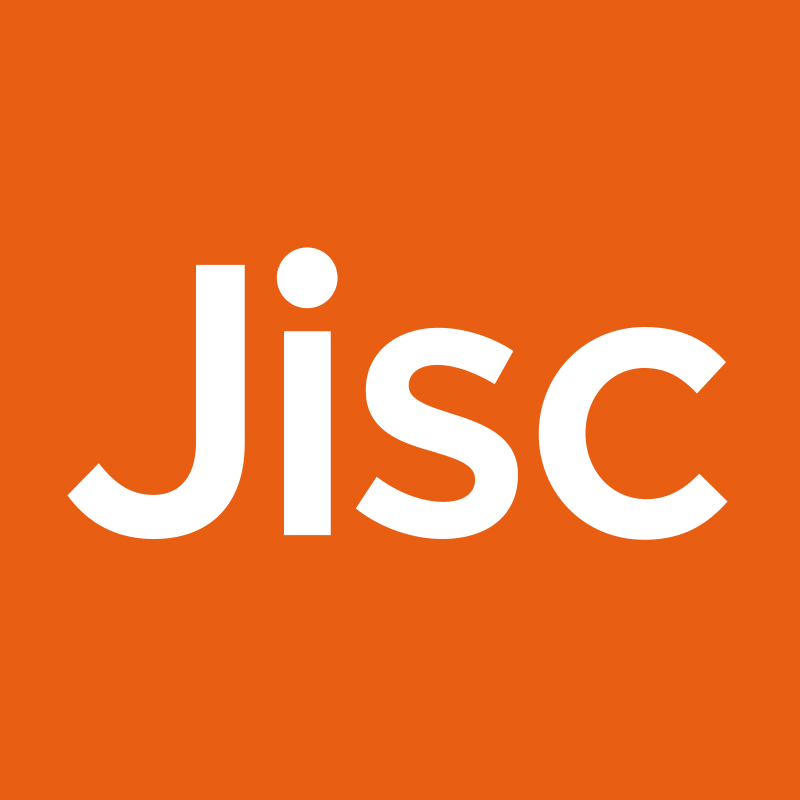
Measuring the use and impact of digitised resources is no easy exercise. This is not only because of the changing nature of information seeking behaviour of different audiences, which has an effect on how users engage with digital resources. It is also due to the challenge in establishing appropriate metrics and criteria for measuring the impact and use of digitised collections.
When can a digital resource be considered a well-used resource? When and how do we know a resource has had an impact on its target audience? Are visitors’ numbers a useful performance indicator for judging the success of an online scholarly resource or should we dwell more on investigating what visitors actually do on a web site?
Yet, measuring impact is an important step in ascertaining if we’re reaching our audiences and responding to their needs. Impact has also been recognised as “the key factor in the potential for achieving long-term sustainability” for online academic resources in a recent report on Sustainability and Revenue Models for Online Academic Resources – an Ithaka Report commissioned by the Strategic Content Alliance.
Such are the issues, among many others, that the Oxford Internet Institute (OII) will be grappling with over the next year by leading on the JISC study on “Usage and Impact of Digitised Resources Funded Under the JISC Phase One Digitisation Programme”.
In addition to focusing on the assessment of five online collections created as part of the JISC Phase One Digitisation Programme, the OII will also produce a Toolkit for the Impact of Digitised Resources which aims to provide a set of approaches and tools available to measure and potentially improve the impact of current and future digitisation projects.
The Toolkit will be of value not only to JISC within the context of its digitisation programme, but also to the wider community. The OII study is due to terminate in Spring 2009 and both the final report and Toolkit will be made publicly available by JISC.

One reply on “Measuring the impact of digitised resources”
[…] + Measuring the impact of digitised resources (via JISC) […]